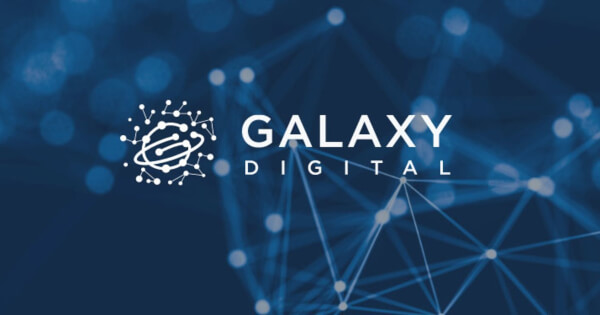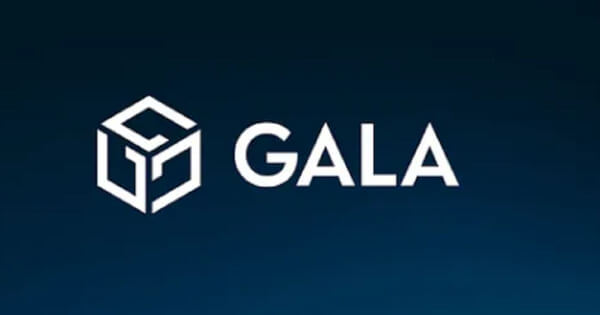Accessibility is a pain point for cryptocurrency adoption that has been discussed for years, yet still, it is pertinent as ever. This issue was most recently recognized by the United States government as we’ve seen Treasury Secretary Janet Yellen discuss during her remarks on digital assets policy and regulation. There are barriers that are limiting accessibility to cryptocurrencies, such as financial education and technological resources, and it is our duty as developers and leaders in this revolutionary industry to address them.

Studies have shown that only 33% of adults across the globe are financially literate. With many projects in the decentralized finance (DeFi) space focusing on providing individuals without access to traditional financial institutions and tools for earning, saving and transacting, this is a key consideration.
Traditional financial institutions certainly have additional barriers that cryptocurrency projects are bypassing, such as requiring documentation, lofty fees and a general lack of local financial institutions in emerging markets. With that said, even DeFi requires knowledge and understanding of money to comfortably enter the space. Comprehensive education on the building blocks of finance, from tips on savings to market fluctuations, is crucial to encourage those who have felt excluded by traditional finance to enter the DeFi world.
Related: Decentralized finance may be the future, but education is still lacking
Cryptocurrency education and technostress

Another educational component necessary is cryptocurrency and blockchain education. New technology of all kinds can be overwhelming and confusing to potential new users — it’s so common that the term “technostress” was coined to diagnose this issue.
Highly technical language and frequent use of jargon are two issues I’ve witnessed in the space that deter the crypto curious from diving into the world of DeFi. Providing resources that break down the essentials of blockchain technology, whether they are blog posts or explanatory videos, helps to bridge the large gap of knowledge between developers and everyday individuals. While this is an important start, the unfortunate truth is that education also requires one crucial and very limited resource — time.
The time and energy it takes to learn the ins and outs of blockchain and cryptocurrency technology can be a major barrier to developing a deep understanding necessary to enter the space. While providing easy, simple educational tools is beneficial, it serves an admittedly limited population. As a result, financial literacy and crypto education remains important, but there are other steps developers and leaders must take to enable user adoption. Project leaders should also consider the knowledge gaps as they design their platform and build out messaging. Using simple, concise language that will resonate with all audiences is key to welcoming new users.
Related: Women’s interest in crypto grows, but education gap persists
How the wealth gap serves as a barrier

As mentioned, the wealth gap presents many challenges for lower-income individuals to enter the space. In addition to a lack of access to and time for education, limited liquidity is another massive barrier to entry.
In order to invest, individuals must be able to cover their living expenses with additional money to allocate elsewhere. For those living paycheck to paycheck, or even those who simply do not feel comfortable risking their resources on investments, they are far less inclined to put money into investment accounts.
Related: Crypto education can bring financial empowerment to Latin Americans
This is especially true with digital assets since they are newer and less regulated than traditional investment avenues. Undercollatoralized loans will enable those with less liquidity to invest in the space, serving as a major driver of mainstream crypto adoption. Projects, such as Teller Finance, that allow individuals to borrow crypto assets without posting collateral are moving the space forward. This space will continue to grow and is necessary for increasing accessibility.
How leaders and developers can navigate these barriers
As developers focus on simplicity and ease for users, their platform must reflect those considerations. Onboarding is the first step for any curious potential new user, so ensuring that sign-on is intuitive is your opportunity to create a lasting first impression. If there are many complicated processes to set up an account, people will understandably not want to move forward. Easy Know Your Customer identification, rather than laborious protocols, is one way that projects can enhance their onboarding experience.
Another step for projects to take is building out a robust network of partners. Depending on the project, this could be compatible blockchains, integration with decentralized applications, or joining initiatives like Celo’s DeFi for the People that aim to increase real-world use cases. There are so many projects in the space, often with limited interoperability, which means that users have to juggle many different accounts and applications. Making your platform as expansive and interoperable as possible means providing users with countless ways to use your platform through compatible programs, which in turn encourages them to utilize your offerings.
The blockchain industry’s continued growth requires a steady flow of new users within the space. To do so, we as an industry must develop projects with new users in mind. Offering educational content is the first step to building a foundation that will allow us to revolutionize the economy.
Bearing in mind that this does not serve every user, and finding additional ways to incentivize new users to join the space is crucial. Offering uncollateralized loans helps to bridge the wealth gap that we have seen throughout crypto’s progression and increased adoption. Keeping your audience in mind every step of the way, from design to messaging, to the offerings that you provide, is of equal importance. The ultimate goal is for blockchain technology to be embedded within applications to the point where users don’t even need to know that they are on-chain. When our applications are as intuitive and understandable as the traditional financial tools that users have downloaded by the millions, we will see an increase in users like never before.
This article does not contain investment advice or recommendations. Every investment and trading move involves risk, and readers should conduct their own research when making a decision.
The views, thoughts and opinions expressed here are the author’s alone and do not necessarily reflect or represent the views and opinions of Cointelegraph.
Fabrice Cheng is the co-founder, CEO and chief technology officer at Quadrata. He was previously the head of blockchain technology at Spring Labs. Fabrice is an experienced technologist and has been building in the Ethereum ecosystem since 2016, with a particular interest in how to extract value from the mempool, and he’s also an Ethereum 2.0 open-source contributor at Prysmatic Labs.

You can get bonuses upto $100 FREE BONUS when you:
💰 Install these recommended apps:
💲 SocialGood - 100% Crypto Back on Everyday Shopping
💲 xPortal - The DeFi For The Next Billion
💲 CryptoTab Browser - Lightweight, fast, and ready to mine!
💰 Register on these recommended exchanges:
🟡 Binance🟡 Bitfinex🟡 Bitmart🟡 Bittrex🟡 Bitget
🟡 CoinEx🟡 Crypto.com🟡 Gate.io🟡 Huobi🟡 Kucoin.




















Comments